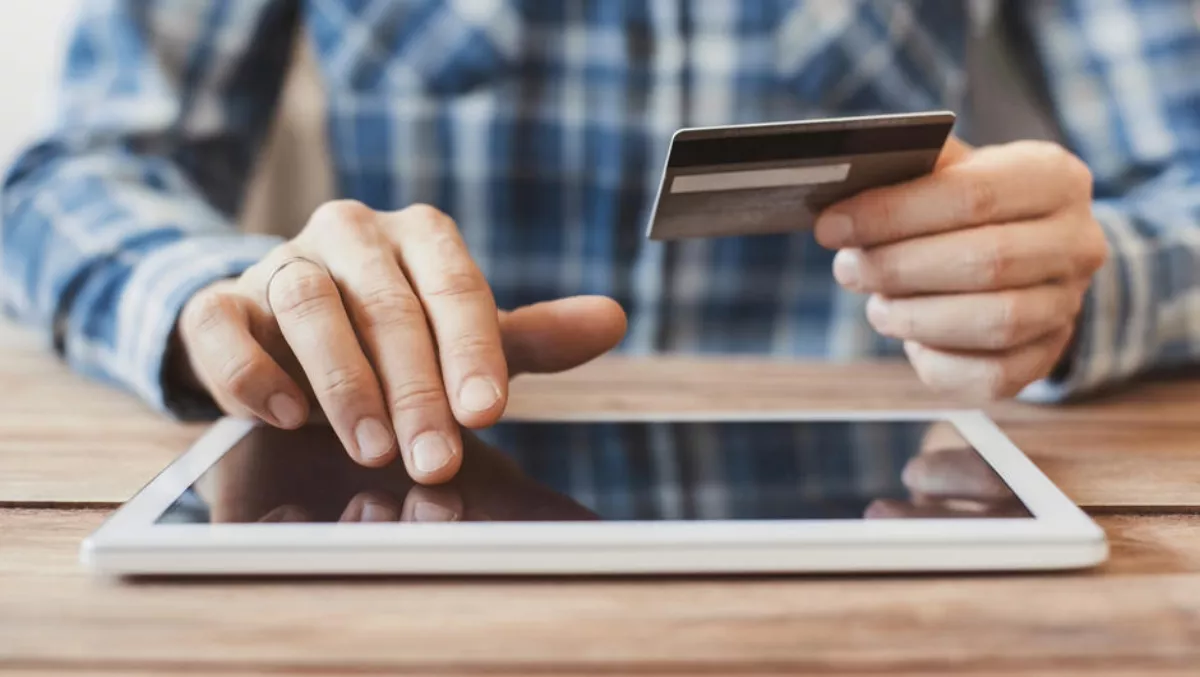
The last-mile delivery has plagued the eCommerce business for many years. While most conglomerate merchants now offer decent delivery options, improvements remain to be made.
The rising expectations of consumers in APAC
Surveying shoppers in Asia Pacific on their online shopping experience, we found that delivery could indeed make or break a business, according to Zebra Technologies's 2018 APAC Shopper Study.
- 69% of shoppers preferred same-day or next-day delivery;
- The most common delivery woes are wrong product delivery, missed delivery, and difficulty to return;
- Buyers are increasingly seeking customized delivery options, such as ship from store to home, or buy online and ship to alternative location other than home.
Any of these factors could frustrate an existing customer and direct their business elsewhere. On the bright side, they also present an opportunity for retailers to provide a trusted, fast, and personalized shopping experience.
The industry cracks its head
Amazon recently announced that it was experimenting with a new model of delivery – sending goods to the buyer's car, in dozens of cities across the United States. With a few taps on a smartphone, the courier can unlock the car and deposit the box inside its trunk or on the back seat.
In the near future, eCommerce companies may go one step beyond that.
With advancements made in behavioral biometrics and machine learning, the industry is finally able to offer a truly intelligent solution to provide ultra-personalized delivery, at a location and time convenient for the customer.
How silent authentication could change online transactions
The silent authentication solution relies on an app that runs on a given smartphone. By familiarizing with the way the user uses the phone, his/her gait, the surrounding signals, and the geolocation, the app can securely and swiftly authenticate the user for a range of activities, including making purchase online and receiving delivery.
By building a rich, multidimensional profile of the user, the app is able to accurately assess and analyze in real time, the credibility of each transaction. Low risk payments can be processed without the need for additional authentication procedures. However, if the system spots something out of the ordinary, extra measures can be implemented to prevent the possibility of fraud.
The same capabilities can be employed to resolve the puzzle of creating a truly convenient and secure eCommerce fulfilment service.
And delivery...
So how does the new concept work for the shopper? In two words – silently and seamlessly. When the merchant is ready to dispatch the goods, the system selects the most appropriate means of delivery.
In the spirit of a new era, let us take drones as an example.
By downloading the merchant's app with the behavioral biometrics technology embedded, the shopper is able to share precisely where he/she is at any given moment. The merchant can then send a message to the buyer, proposing a time and place to deliver the product. If the customer confirms it is convenient, the parcel is sent on its way.
That is when things get even smarter. By using the intelligent authentication techniques, the drone can autonomously determine if it has reached the right recipient, again via authentication on the smartphone. However, if there is any cause for concern, additional authentication techniques will be activated – such as passwords or biometric authentication, preventing the package from falling into the wrong hands. Vice versa, silent authentication can also be layered on top of traditional authentication techniques, for additional security.
Apart from enabling customized delivery, silent authentication can also be used to simplify many day-to-day tasks, such as access control in offices and homes, pushing out personalized promotions in the retail environment, handling government administrative procedures, controlling smart devices remotely, or accelerating boarding procedures in airports or train stations.
Upcoming regulations such as the revised Payment Service Directive (PSD2) will impose risk scoring for different services. And the General Data Protection Regulation (GDPR) will further demand that businesses and merchants upgrade their security measures to the level of risk they are dealing with. We expect these data-centric regulations to propel adoption of advanced security technologies such as silent authentication in the near future.